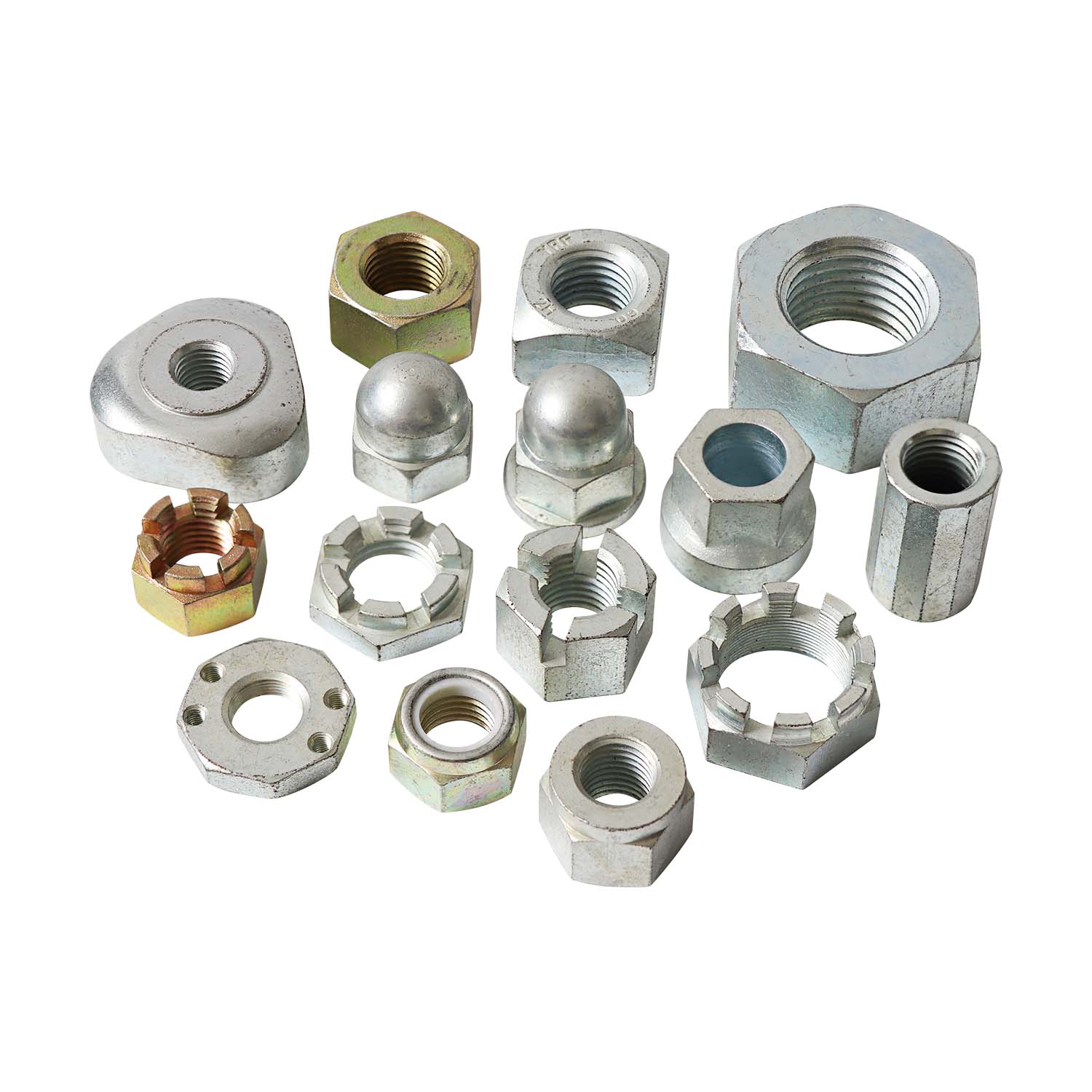- This topic is empty.
-
AuthorPosts
-
26/08/2025 at 14:46 #87103
Railway systems across the globe rely heavily on the integrity and durability of their components to ensure the safety and efficiency of transportation. Among these critical components, rail nuts play a pivotal role. These nuts secure the rail tracks to the sleepers (ties), thus preventing any displacement or movement that could compromise track stability.

Hex Nut
The hex nut, also known as a hexagon nut, is perhaps the most ubiquitous type of nut used in railway construction. Its name stems from its hexagonal shape, which allows for easy tightening and loosening with a wrench or socket. Hex nuts are robust and versatile, making them suitable for a wide range of applications.
Applications:
Commonly used in conjunction with bolts to fasten rail anchors and other components securely to the sleepers. Their simplicity and reliability make them a go-to choice for maintaining track integrity.
Triangle Nut
Triangle nuts feature a triangular cross-section, which provides a unique locking mechanism when tightened. This design helps prevent vibration-induced loosening, a critical consideration in railway applications where constant vibration is inevitable.
Applications:
These nuts are often employed in areas subject to high levels of vibration or dynamic loads, such as near switches and crossings, where track stability is paramount.
Square Nut
Square nuts, as the name suggests, have a square cross-section. They offer a secure fit and are less prone to rotation once tightened, thanks to their geometric shape. Square nuts typically require specialized tools for installation and removal.
Applications:
Used primarily in high-stress areas where a robust, non-rotating connection is essential. They can be found securing critical components such as rail chairs and baseplates.
Flange Nut
Flange nuts have an integrated flange on one end, which provides a larger bearing surface and distributes the load more evenly. This design enhances the nut's resistance to shear forces and prevents it from turning under load.
Applications:
Ideal for applications where a secure, load-bearing connection is required. Flange nuts are frequently used in the installation of rail fastenings and brackets, ensuring that the track remains firmly anchored to the sleepers.
Slotted Nut
Slotted nuts feature a slot or groove cut into their surface. This slot allows for the insertion of a cotter pin or similar device, which locks the nut in place and prevents it from turning. Slotted nuts are particularly effective in applications where vibration is a concern.
Applications:
Commonly used in areas where vibration could potentially loosen conventional nuts, such as in bridge structures and other elevated track sections.
Self-Locking Nut
Self-locking nuts incorporate a built-in locking mechanism, such as nyloc threads or a spring washer, that prevents them from loosening under vibration or dynamic loads. This feature eliminates the need for additional locking devices.
Applications:
Essential in applications where regular inspections and maintenance are challenging or impractical. Self-locking nuts are widely used in remote or inaccessible track sections, ensuring ongoing track stability with minimal human intervention.
Screw Sleeve
While not traditionally classified as a nut, screw sleeves (also known as threaded inserts) play a similar role in railway applications. They provide a threaded hole in materials that are not inherently threaded, allowing for the use of bolts and nuts. Screw sleeves enhance the thread's durability and resistance to stripping.
Applications:
Used in composite sleepers and other non-traditional materials to provide a reliable threaded connection for rail fastenings. They are crucial in modernizing railway infrastructure and incorporating innovative materials.
Cap Nut
Cap nuts have a domed or flattened top that covers the threaded portion, providing a finished appearance and additional protection against environmental factors. They are often used in conjunction with washers to distribute loads evenly.
Applications:
Preferred in visible or aesthetic areas where a neat, professional finish is desired. Cap nuts can be found securing guardrails, signage, and other ancillary track components.
Conclusion
The types of rail nuts discussed—hex nut, triangle nut, square nut, flange nut, slotted nut, self-locking nut, screw sleeve, and cap nut—each serve unique purposes and contribute to the overall safety and reliability of railway systems. Their specific designs cater to various environmental conditions, load requirements, and maintenance considerations. Understanding the nuances of each type and their applications is crucial for engineers, maintainers, and anyone involved in railway infrastructure. As the foundation for track safety, the meticulous selection and installation of rail nuts are indispensable in ensuring the smooth, efficient, and secure operation of railway networks worldwide.
http://www.hbrailwayfastening.com
Suzhou HuiBo Railway Fastener Co.,Ltd. -
AuthorPosts
- You must be logged in to reply to this topic.